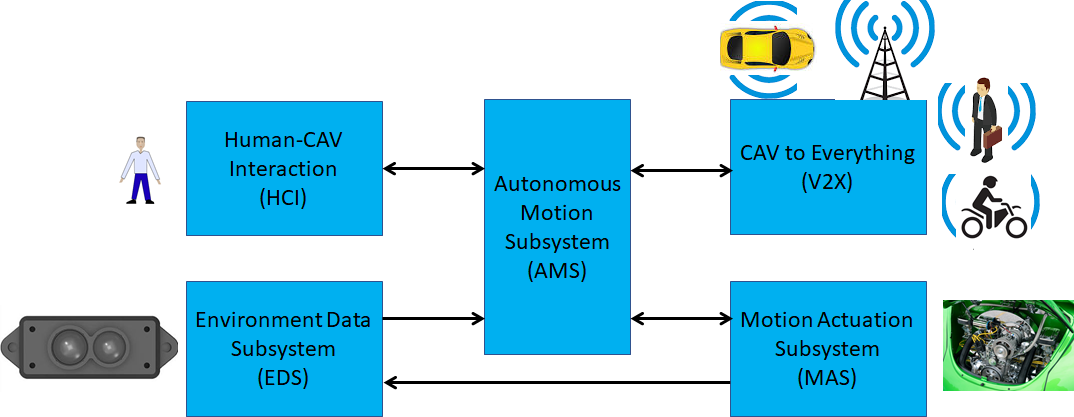MPAI engages in standards for AI-based Connected Autonomous Vehicles
For several decades, Autonomous Vehicles have been the target of research and experimentations in industry and academia. Since a decade, trials on real roads have been and are being conducted. Connected Vehicles are a reality today.
Standardisation of Connected Autonomous Vehicle (CAV) components will be required because of the size of the future CAV market (one estimate is 1.38 T$ in 2030). More importantly, users and regulators will need to be assured of the safety, reliability and explainability of CAV components.
In a traditional view of standardisation, the CAV state of development may not warrant space for CAV standardisation. However, MPAI heralds a more modern approach, one where a standard is the result of a continuous interaction between research providing results and standardisation building hypotheses to be proved or modified or disproved by subsequent research results.
MPAI has been working on the first steps of such a process. It has first partitioned a CAV in 5 functionally homogeneous subsystems as depicted in depicted in Figure 1.
Each of these subsystems has an architecture that is based on the emerging MPAI AI Framework (MPAI-AIF) and contains several components called AI Modules (AIM).

Figure 1 – The CAV subsystems
Figure 2 depicts the architecture of the 1st subsystem: Human-CAV interaction. A human may issue vocal commands to the CAV which are interpreted and sent to the Autonomous Motion Subsystem for action. A human may also entertain a dialogue with the CAV or with fellow passengers in the compartment or can indicate objects or make gestures that the CAV would understand and act upon accordingly.

Figure 2 – Human-CAV interaction (HCI)
The existence of an established organisation – MPAI – with a peculiar process to develop standard and actually developing them using that approach facilitates the implementation of the proposed plan. Indeed, MPAI follows a rigorous process represented in Figure 3.

Figure 3 – Standard development process
The first 3 stages – Interest Collection, Use Case and Functional Requirements – are open to participation to non-members. Stage 4 – Commercial Requirements – is the prerogative of Principal Members. Stages 4 and 5 – Call for Technologies and Standard Development – are restricted to MPAI members. Stage 6 – MPAI standard – is again the prerogative of Principal Members. Note that MPAI membership is open to corporate entities and individuals representing academic departments.
The MPAI-CAV project is currently at stage 3. This means that non-members can participate in the development of the functional requirements document which will provide the final CAV partitioning in subsystems; the functions performed by and the functional requirements of the I/O data of each subsystem; the partitioning of subsystems in AIMs, and the functions performed by and the functional requirements of the I/O data of each AIM. Independently produced results will be collectively assessed and used to design experiments executed by different participants in agreed conditions to provide comparable results.

